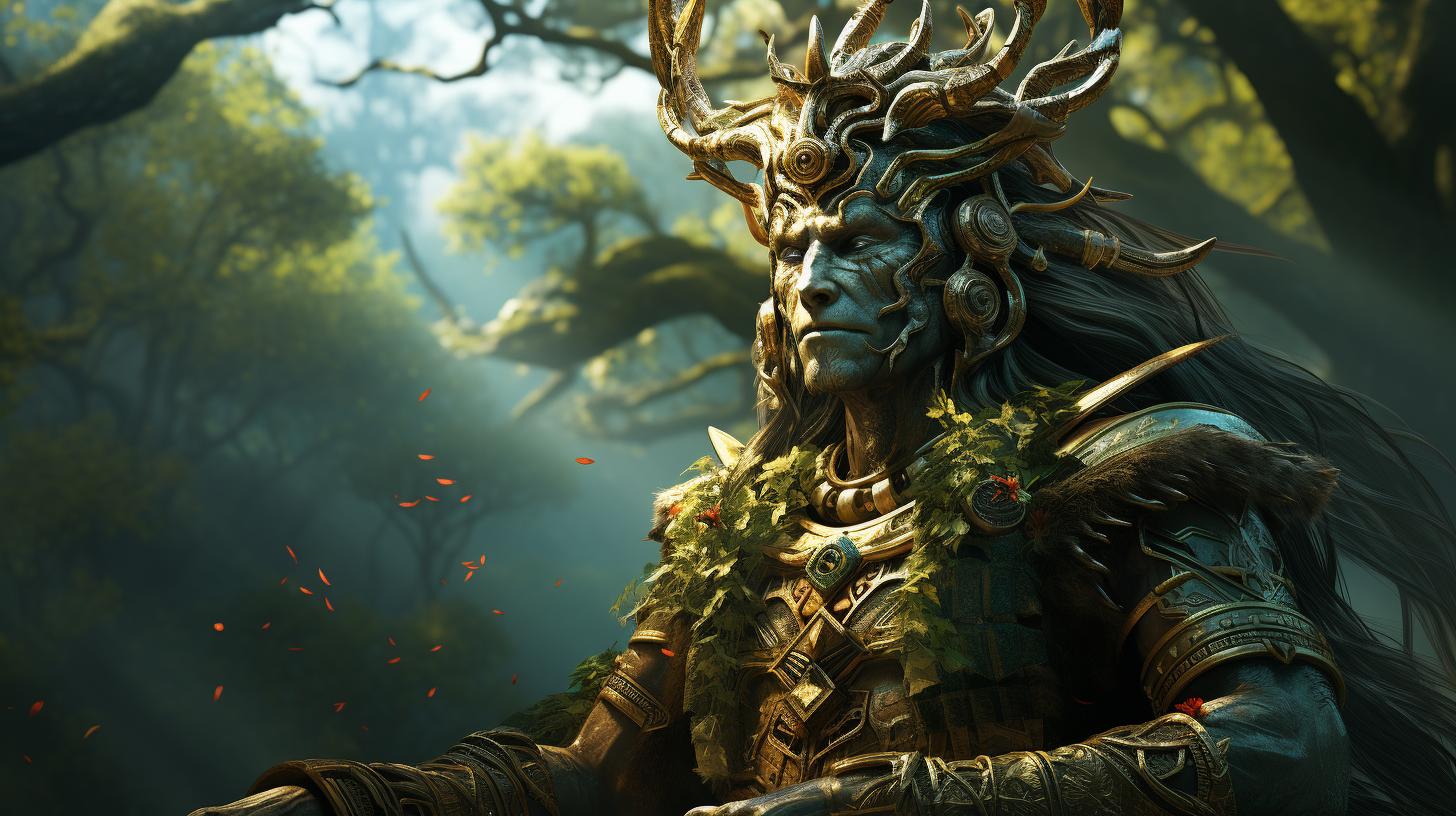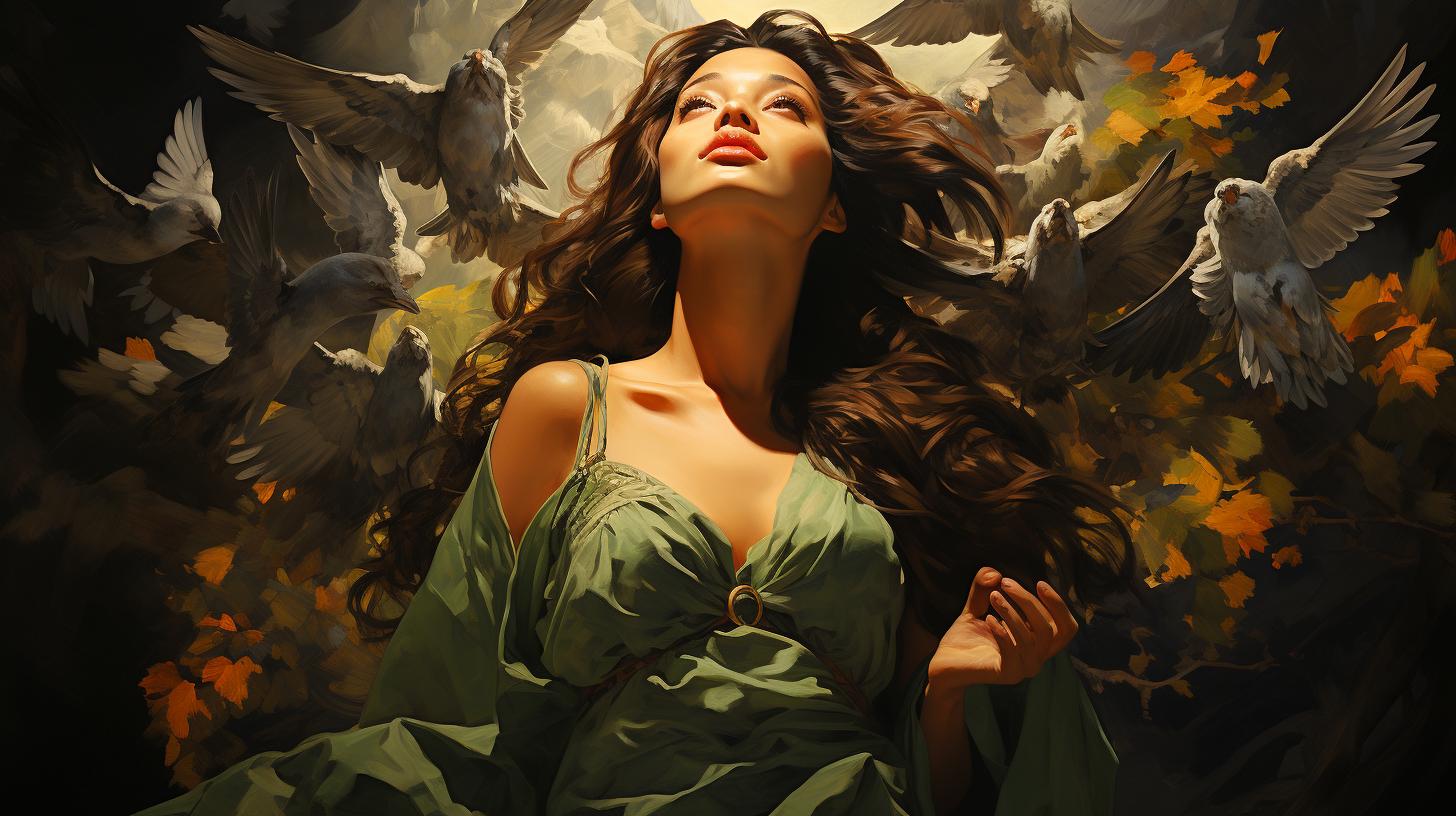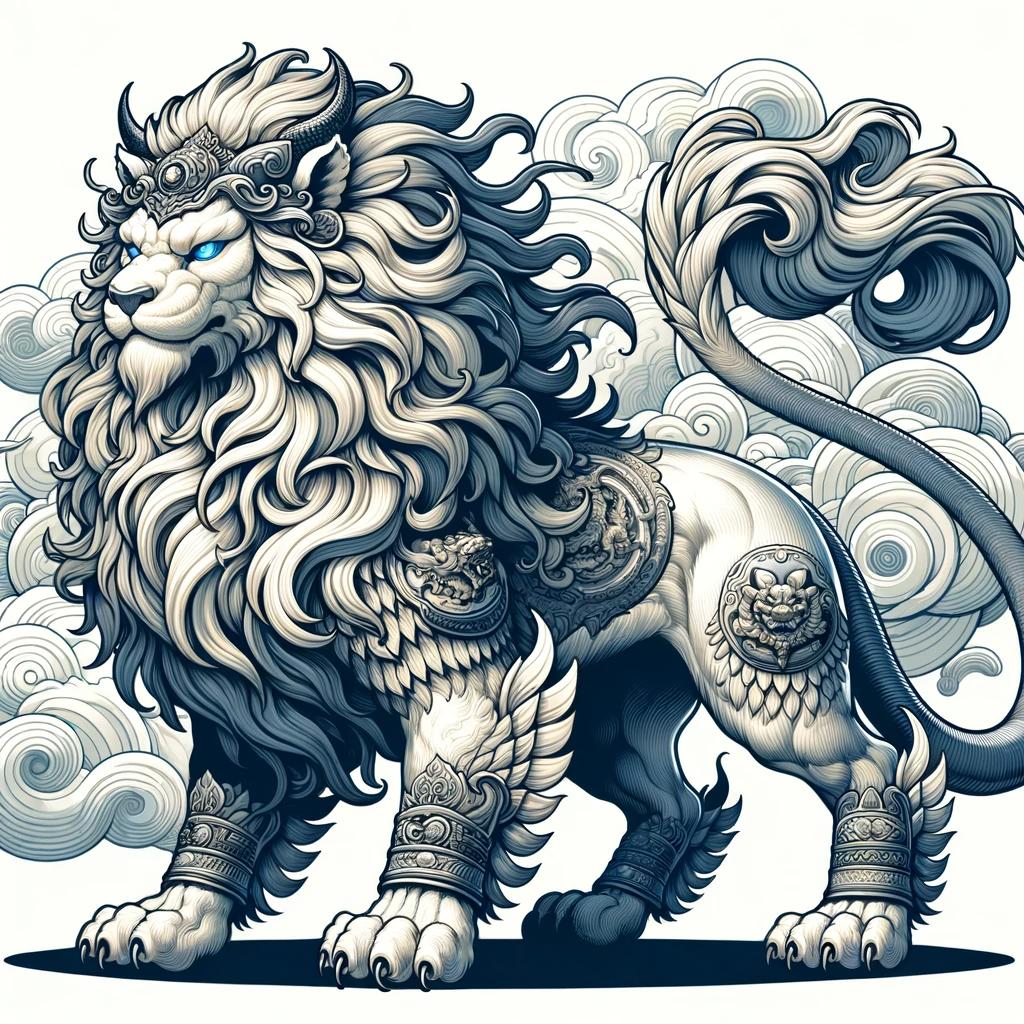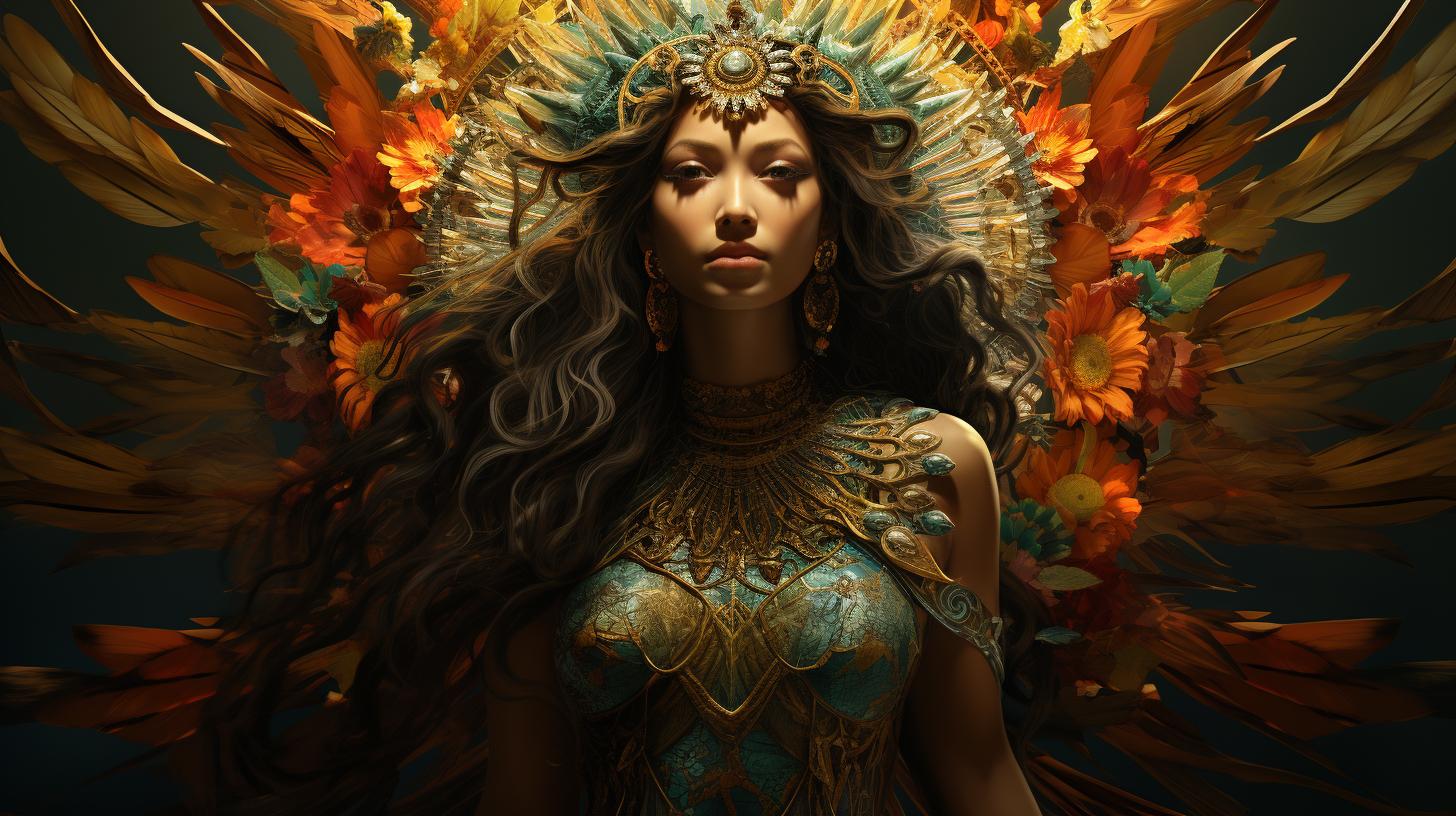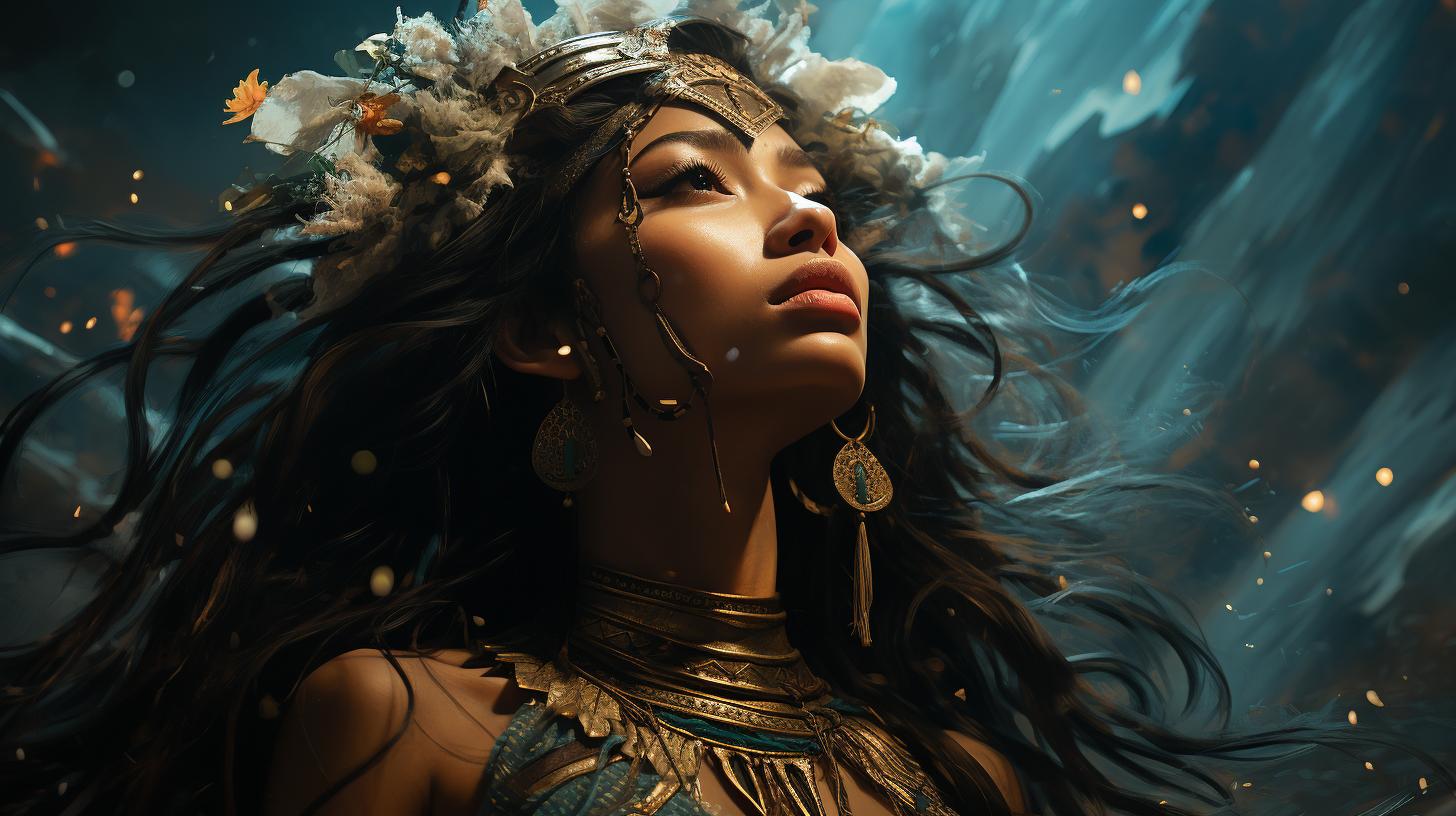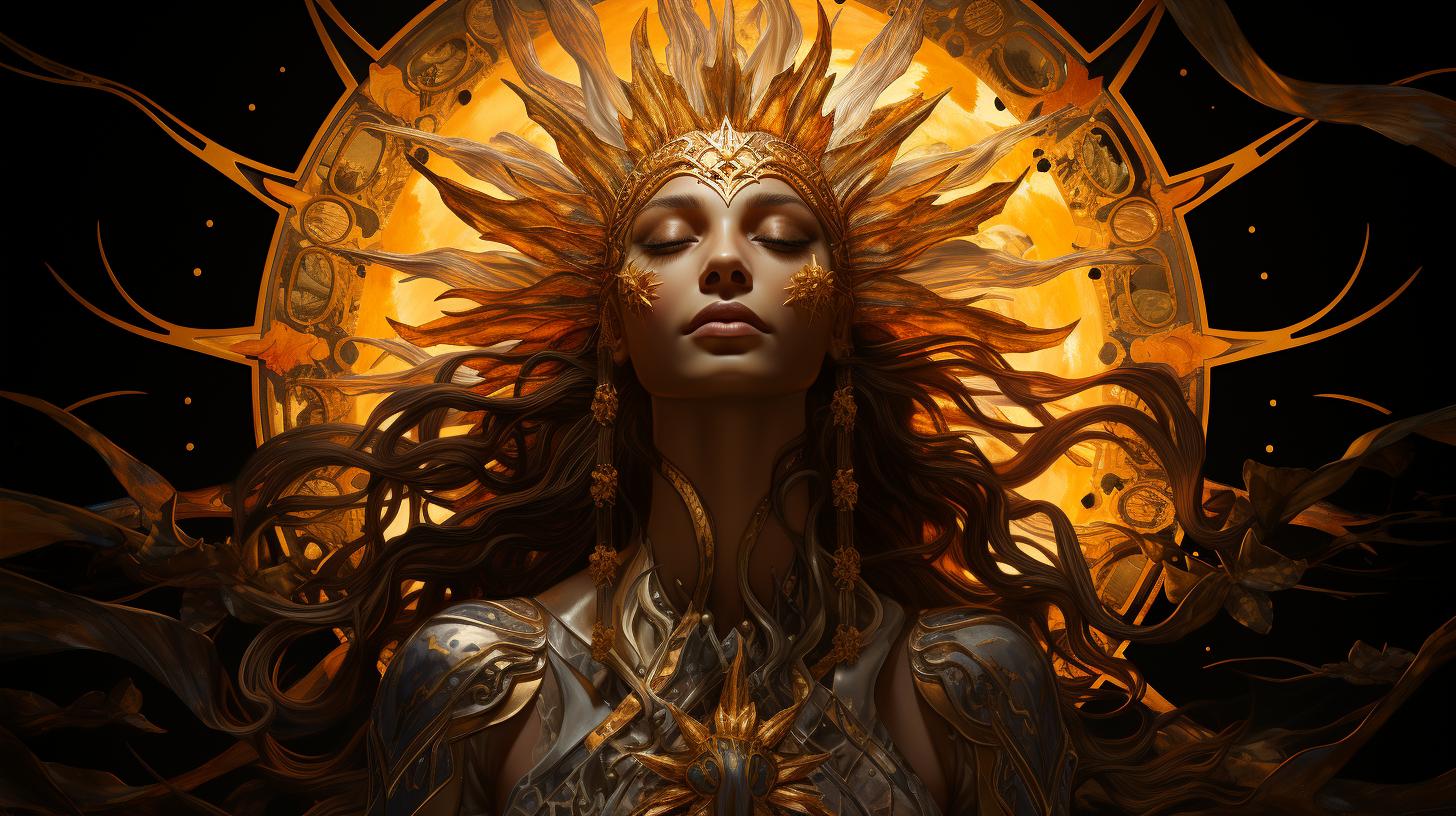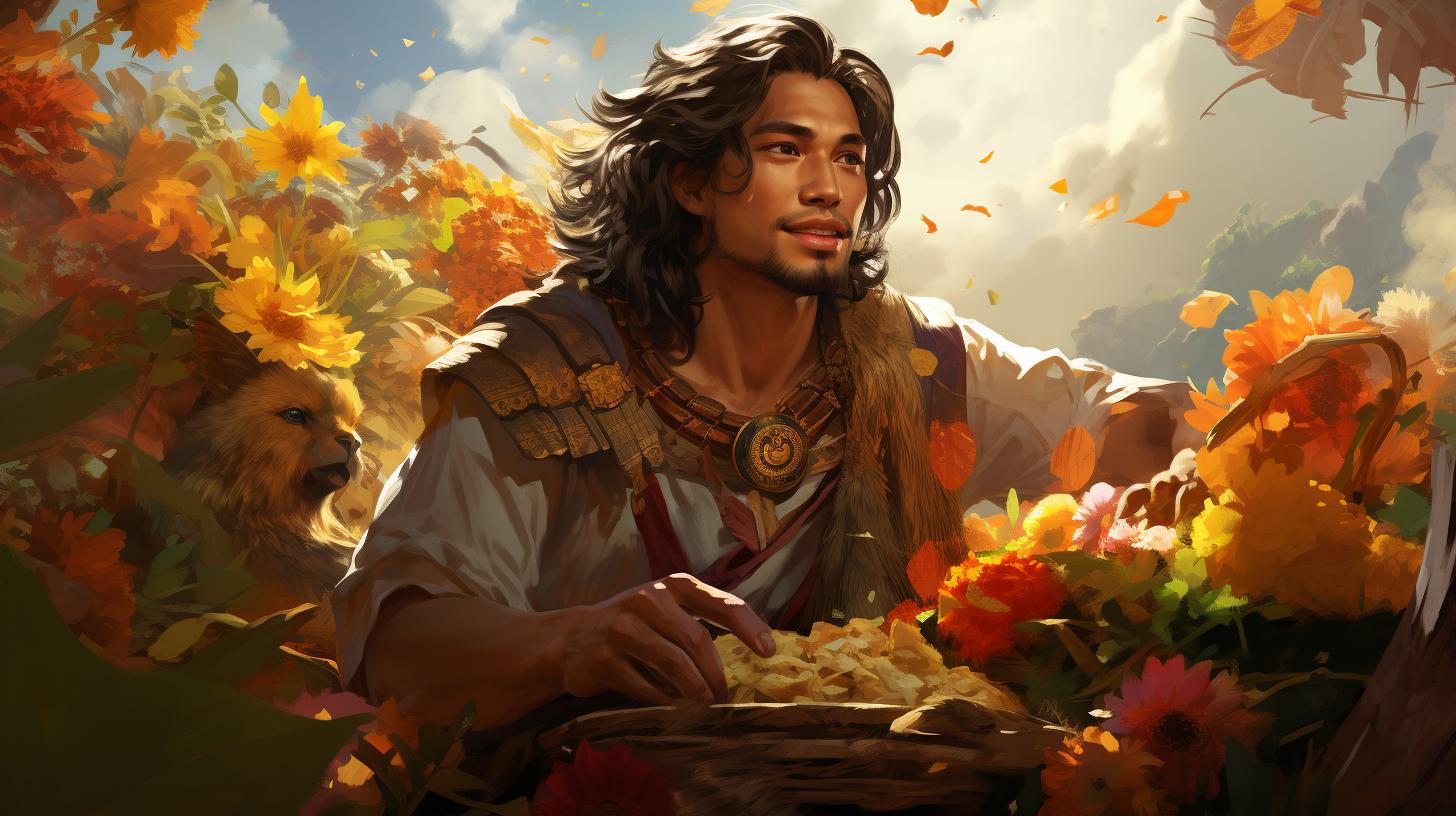The Divine Power of Laon God: Unveiling the Ancient Filipino Deity’s Influence
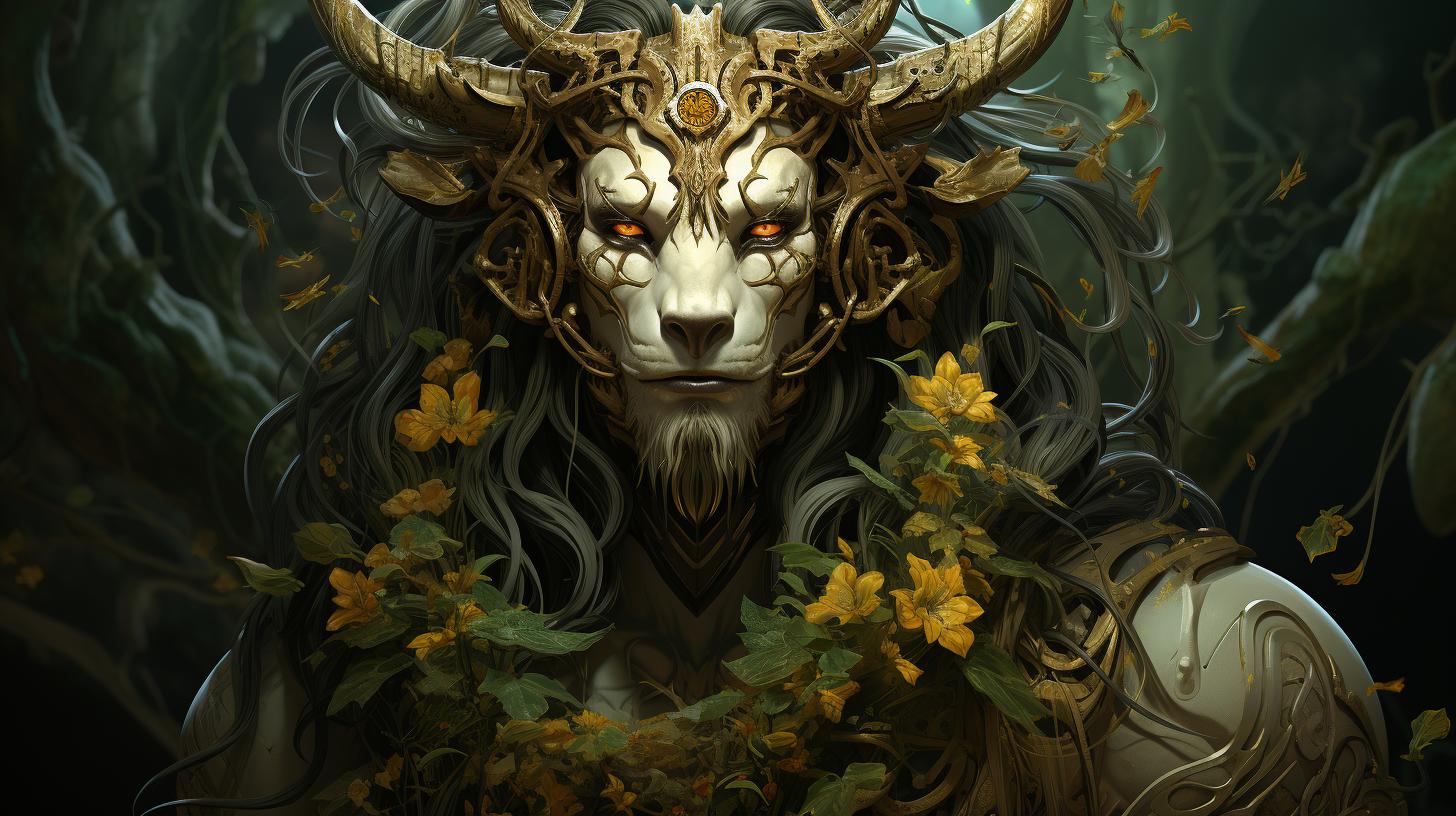
The mythology surrounding Laon God, the ancient deity revered by indigenous Filipinos, reveals fascinating tales of creation, agricultural significance, and divine power. As the supreme ruler known as Kan-Laon, this deity holds a prominent place in the Visayas region.
The connection between Laon God and Mount Kanlaon, the largest active volcano in the Philippines, further emphasizes their significance in indigenous rituals and cultural practices. This article explores the worship, beliefs, and cultural legacy associated with Laon God, shedding light on the rich heritage of the Filipino people.
The Mythology of Laon God
The mythology surrounding Laon God is deeply rooted in the history of the indigenous Filipino people. It encompasses a rich tapestry of beliefs, legends, and tales that have been passed down through generations.
Exploring the origins and significance of Laon God provides insight into the religious and cultural practices of ancient Filipino civilizations. Through myths and legends, the role of Laon God as a powerful and revered deity is illuminated, shedding light on the spiritual beliefs and values of the indigenous communities.
Origins and Significance of Laon God
Laon God holds profound significance as the Supreme Ruler in the pre-Hispanic era of the Philippines. The name “Kan-Laon” in the Visayan language translates to “Aquel que es el Gobernante del Tiempo,” emphasizing the deity’s association with time and governance.
This divine figure is deeply connected to the agricultural traditions and harvest cycles of the indigenous peoples, embodying a paternalistic role in ensuring bountiful crops and prosperity. The worship of Laon God underscores the importance of agriculture and sustenance in the lives of ancient Filipinos, symbolizing their deep respect for the land and its resources.
Kan-Laon: The Supreme Ruler of the Visayas Region
Within the Visayas region of the Philippines, Kan-Laon assumes a position of utmost importance. Revered as the highest authority, this deity held sway over the lives and destinies of the Filipino people.
The towering presence of Mount Kanlaon, the largest active volcano in the country, served as a physical manifestation of Kan-Laon’s divine power and authority. The indigenous peoples of the Visayas region attributed supernatural qualities to this sacred mountain, considering it the domain of Kan-Laon and a conduit for communication with the divine realm.
Myths and Legends Surrounding Laon God
Myths and legends form the fabric of the mythology surrounding Laon God, revealing fascinating narratives of creation, heroism, and divine intervention. One such myth recounts the story of the deity’s role in the genesis of the world, portraying Laon God as a powerful creator figure responsible for the existence of all things.
Other tales delve into the semidivine heroes born from the union of Laon Sina, a goddess associated with Kanlaon, and a mortal named Datu Paubari. These stories highlight the complex relationships and interplay between deities and mortals in the Filipino mythological pantheon.
Volcano and Deity: The Connection Between Mount Kanlaon and Laon God
Mount Kanlaon, revered as the largest active volcano in the Philippines, holds a deep connection with the mythical deity known as Laon God. This volcanic behemoth, towering over the Visayan region, serves as a sacred site intertwined with indigenous beliefs and cultural practices.
Exploring the relationship between Mount Kanlaon and Laon God unveils fascinating insights into the ancient traditions and rituals of the Visayan people.
Mount Kanlaon: The Largest Active Volcano in the Philippines
Rising majestically in the region of Visayas, Mount Kanlaon reigns as the tallest peak and the most expansive active volcano in the Philippines. Its awe-inspiring stature and volcanic activity have long captivated the imagination of the local communities.
The towering presence of Mount Kanlaon serves as a testament to the power and significance it holds in the lives of the Visayan people.
Ancient Rituals and Offerings on Mount Kanlaon
Centuries ago, the indigenous priests and priestesses, known as babaylan, climbed the slopes of Mount Kanlaon to perform sacred rituals and ceremonies. These rituals were conducted during harvest seasons and special occasions, seeking blessings for bountiful crops and invoking Laon God’s favor.
The offering of gifts and sacrifices on the volcano’s sacred grounds served as a token of reverence and gratitude to the deity believed to govern agricultural abundance.
Kanlaon’s Sacred Status in Visayan Culture
Mount Kanlaon holds a sacred status within Visayan culture, symbolizing a link between the earthly and the divine. It is not merely a geological formation, but a spiritual realm where Laon God’s presence is felt.
The volcano’s prominence in Visayan mythology and folklore reflects the profound influence it has had on the belief systems and cultural identity of the Visayan people. Its sacred status continues to be honored and respected, preserving the ancient traditions and heritage associated with Laon God.
Worship and Beliefs Associated with Laon God
Worship and beliefs surrounding Laon God played a significant role in the lives of indigenous Filipinos. Let us explore the various aspects related to the worship and beliefs associated with this ancient deity.
Native Priests and Priestesses of Laon God
Within the indigenous communities, native priests and priestesses held important roles in the worship of Laon God. They were known as babaylan, respected spiritual leaders who performed rituals and acted as mediators between the people and the divine realm.
These babaylan would climb Mount Kanlaon, the sacred abode of Laon God, to conduct ceremonies and offer prayers for favorable harvests and special occasions.
The Role of Laon God in Pre-Hispanic Times
In pre-Hispanic times, Laon God was revered as the supreme ruler and creator by the indigenous Filipino people.
They believed that Laon God had the power to influence the success of their agricultural endeavors and bring prosperity to their communities. The rituals and worship of Laon God were deeply ingrained in their daily lives and were conducted with utmost devotion and respect.
The Influence of Laon God on Indigenous Philippine Religion
The worship of Laon God had a profound influence on the broader indigenous Philippine religion, shaping their spiritual beliefs and practices. Laon God’s association with agriculture and the bountiful harvests made the deity a central figure in the lives of these communities.
The reverence for Laon God fostered a deep connection to the land and a harmonious way of life that reflected their strong ties to nature and their ancestral heritage.
The worship and beliefs associated with Laon God serve as a testament to the rich cultural tapestry of the indigenous Filipino people, showcasing their deep-rooted spirituality and their profound respect for the natural world around them.
Exploring the Cultural Legacy of Laon God
Laon God in Contemporary Filipino Culture
The cultural legacy of Laon God is evident in various aspects of contemporary Filipino culture. The belief in Laon God as the supreme deity and ruler of time continues to hold significance among indigenous communities, particularly in the Visayas region.
Festivals and celebrations dedicated to Laon God are held throughout the year, showcasing vibrant traditions, music, and dance.
In popular culture, references to Laon God can be found in literature, music, and art, depicting the deity’s power and influence.
Artists and writers draw inspiration from Laon God’s connection to nature, agriculture, and the volcanic landscape of Mount Kanlaon, creating works that pay homage to this ancient deity.
Laon God’s Impact on Indigenous Beliefs and Practices
The enduring influence of Laon God can be seen in the continued adherence to indigenous beliefs and practices.
Mired in a deep connection to the land, indigenous communities honor Laon God through rituals, ceremonies, and offerings that seek blessings for bountiful harvests and protection from natural disasters.
Laon God’s impact extends beyond agricultural aspects.
Indigenous cultural practices, such as healing rituals and community gatherings, often incorporate prayers and invocations to Laon God for guidance, prosperity, and well-being.
Preserving and Revitalizing the Worship of Laon God
Efforts are being made to preserve and revitalize the worship of Laon God within indigenous communities.
Cultural organizations, scholars, and community leaders are working together to document and promote the rituals, stories, and legends associated with Laon God.
By engaging in educational programs and community initiatives, the younger generation is being encouraged to embrace and carry forward the worship of Laon God.
This includes learning traditional songs, dances, and crafts associated with Laon God, ensuring the continuity of this rich cultural heritage.
- Documenting and promoting rituals, stories, and legends associated with Laon God
- Engaging younger generations in educational programs
- Preserving traditional songs, dances, and crafts
The preservation and revitalization of the worship of Laon God not only safeguard indigenous cultural practices but also foster a sense of pride and identity among indigenous communities, highlighting the enduring legacy of this ancient deity.
.

